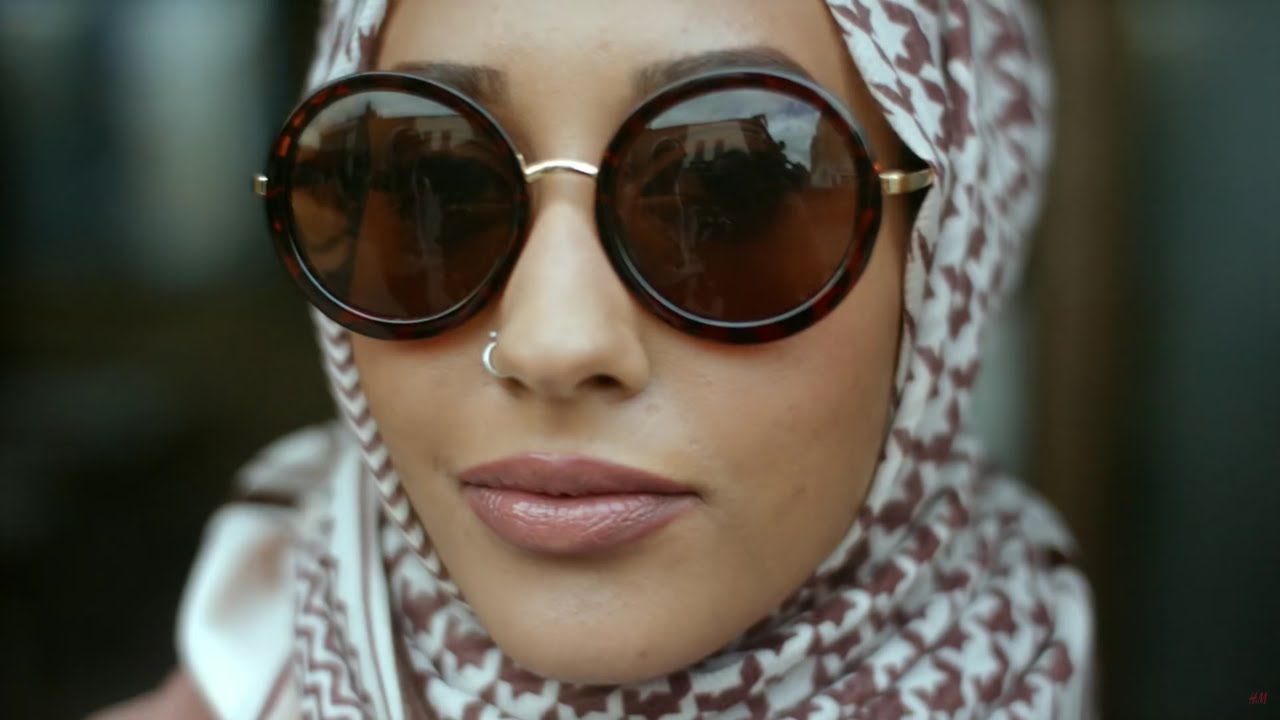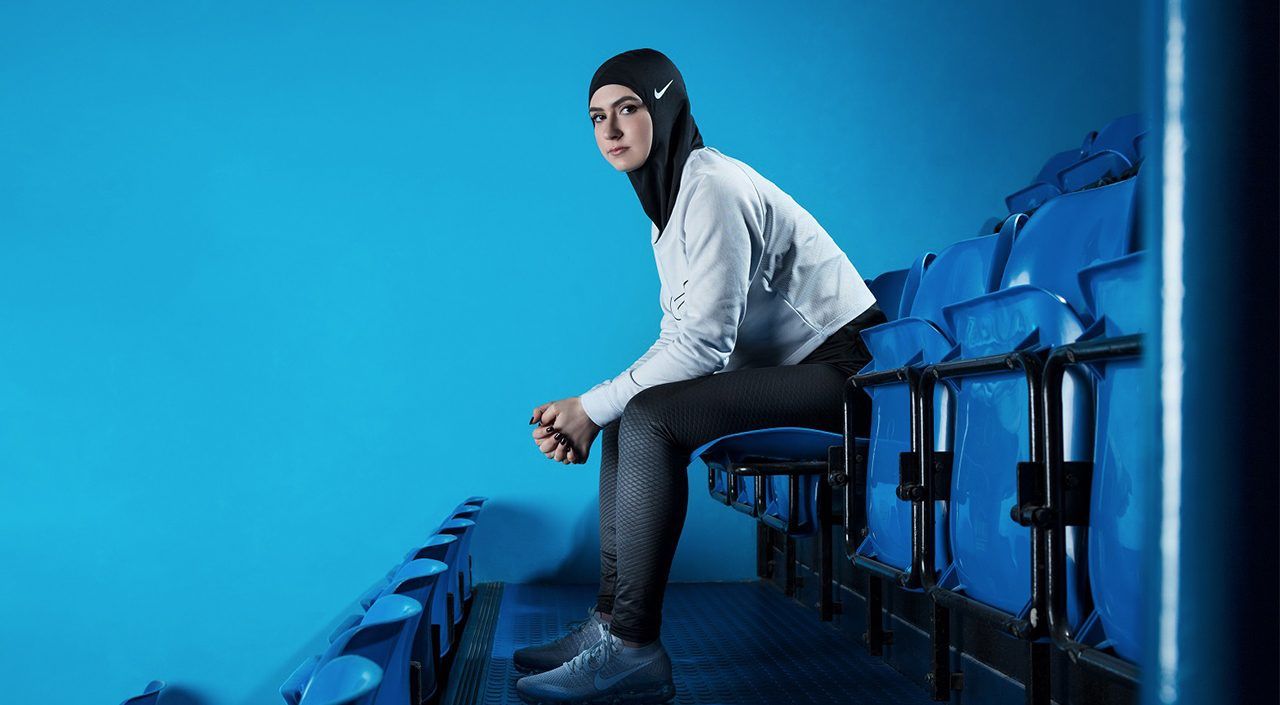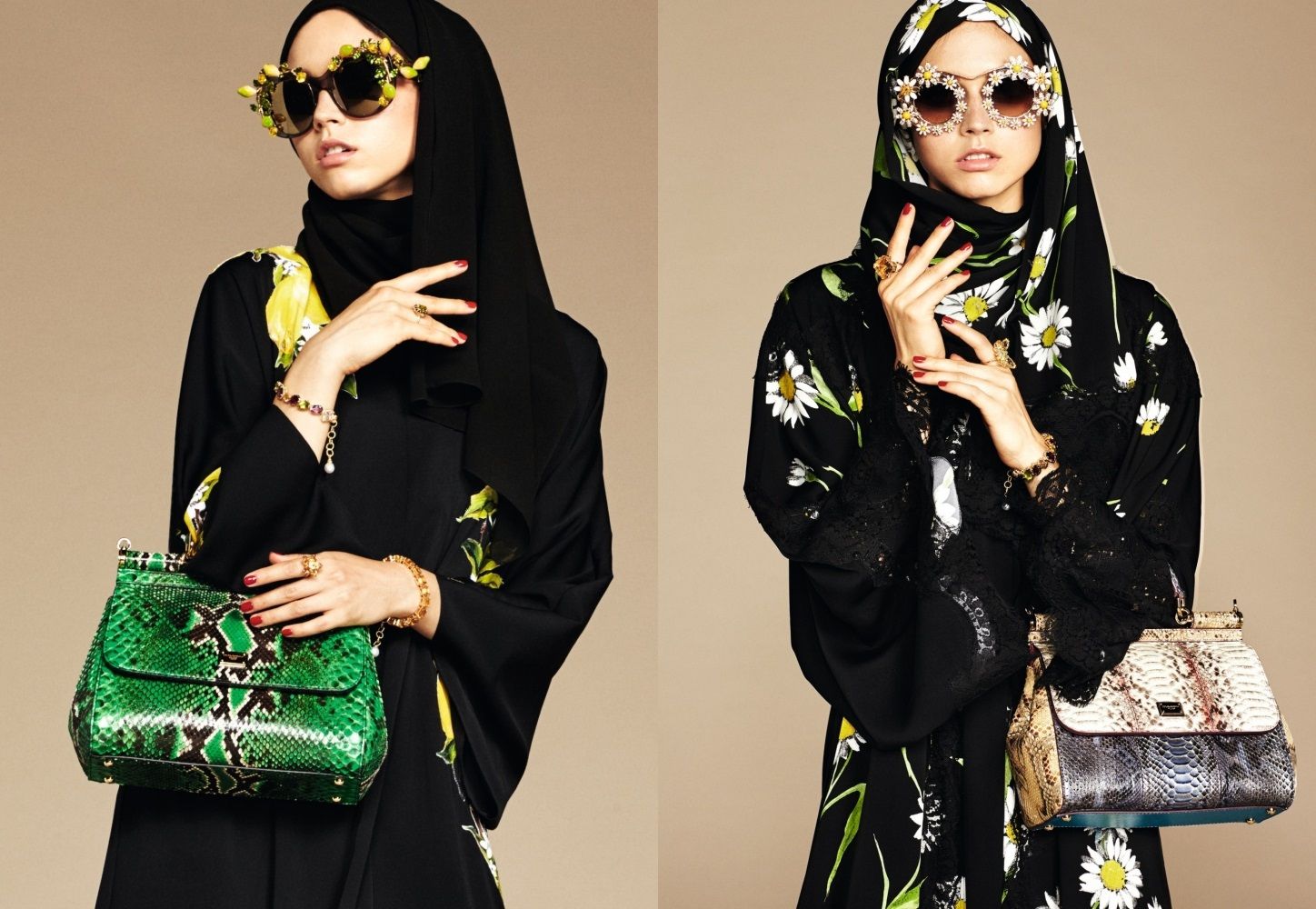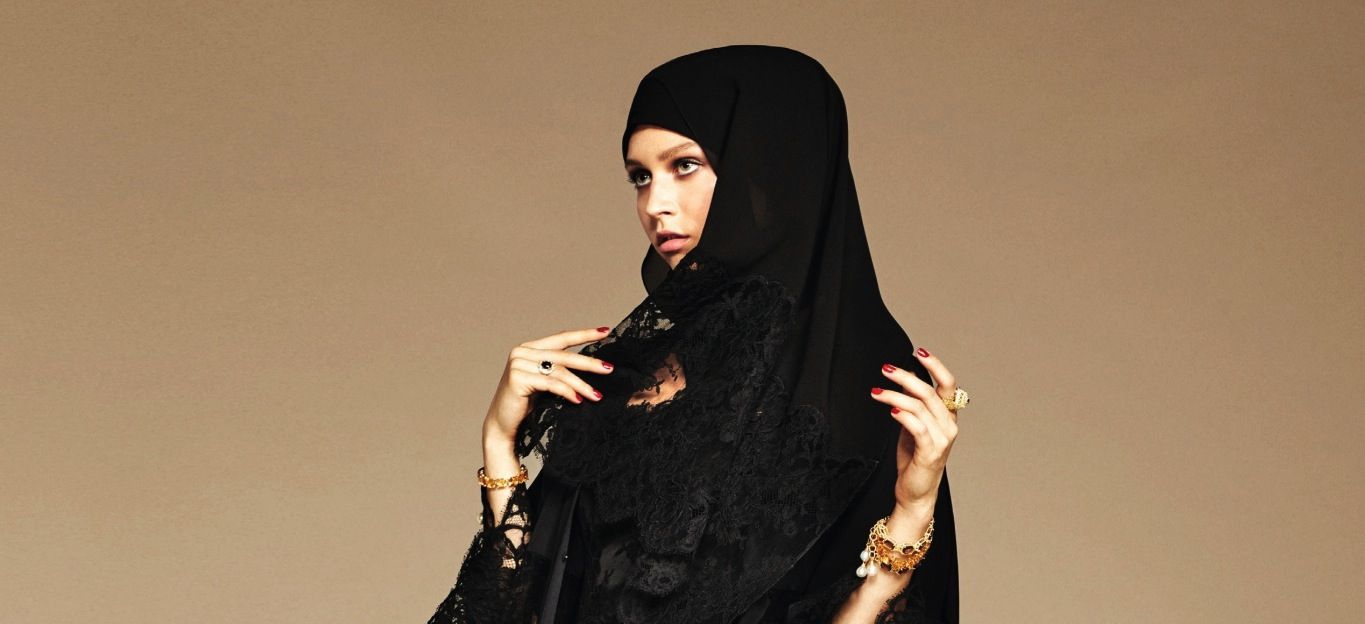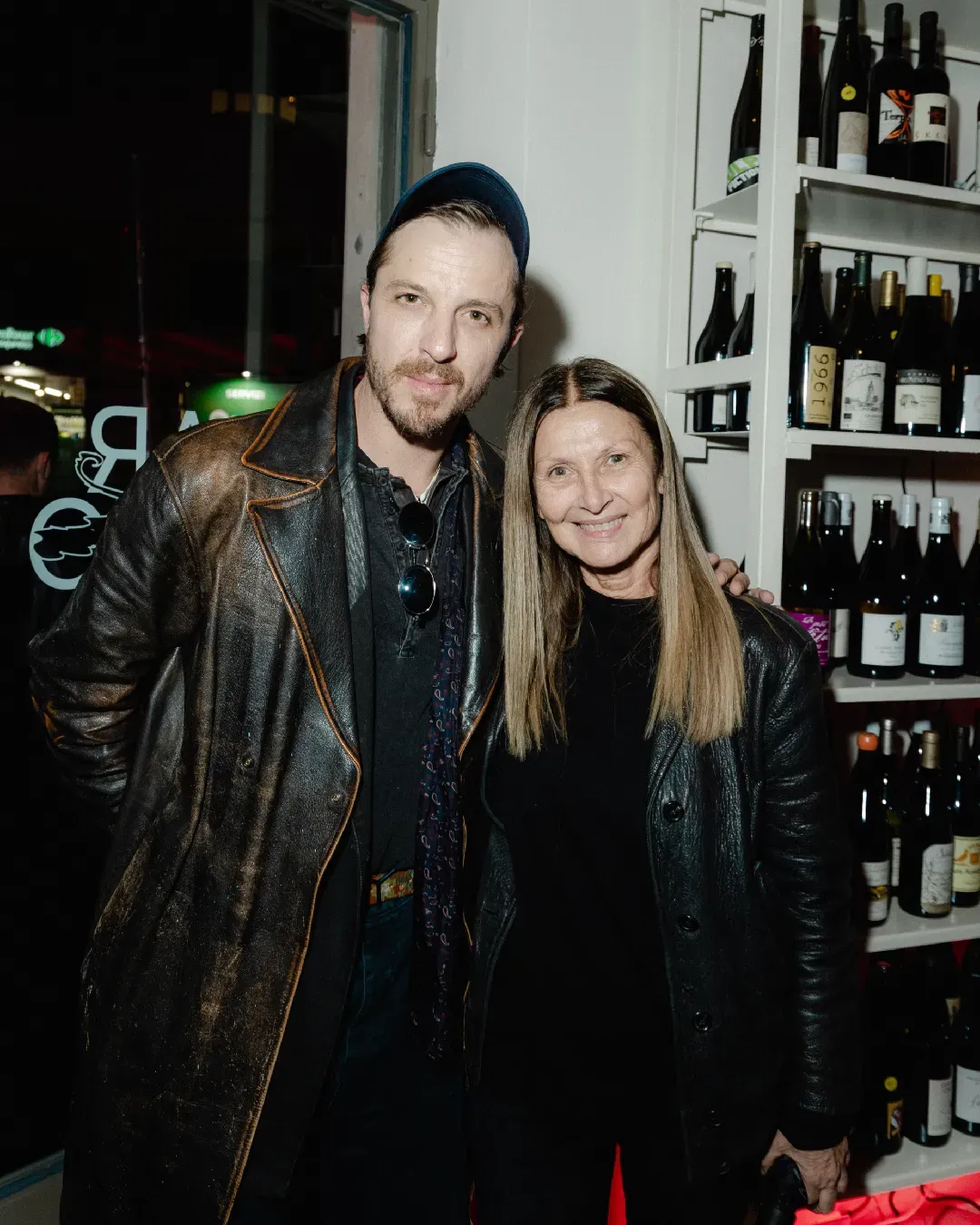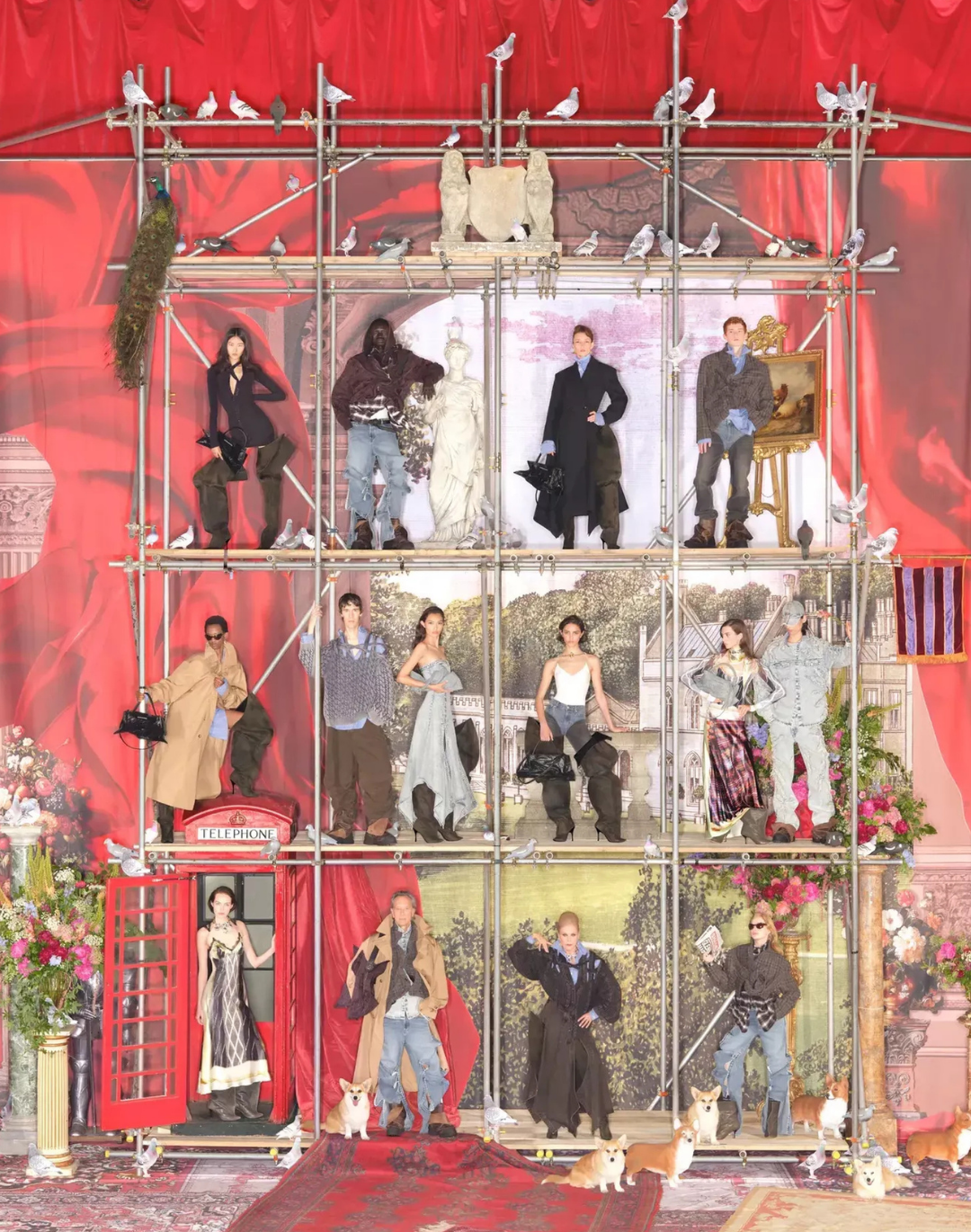
What does the Hijab represent in Western fashion? Much more than just a "trend"
Recently Nike has announced the launch of Nike Pro Hijab for the female Muslim athletes, namely a headscarf in a lightweight mesh fabric with tiny holes for optimal breathability. The news was accompanied by a promo video, titled What Will They Say About You? who anticipates the release of the product, scheduled for Summer 2018.
"The Nike Pro Hijab may have been more than a year in the making, but its impetus can be traced much further back, to an ongoing cultural shift that has seen more women than ever embracing sport",
Nike commented. So, another point to the giant of sportswear, who last week launched a plus-size female line, but today we don't want to focus on this brand, rather on the star of the situation: the Hijab. Nike is not the first brand who is interested in the headscarf of the Muslim women. Recent even Kanye West showed interest in this clothes by including in Yeezy Season 5's show the model Halima Aden, who walked with a Hijab. Not only that, in 2016 Dolce & Gabbana launched a collection with Hijab and Abaya targeted to its Muslim customers, while in 2015 H&M for the first time "adopted" the Muslim headscarf by including in an advertising video the 23-years-old model Mariah Idrissi, who appeared in it at the door of a local wearing sunglasses and Hijab. Even before, the UK department store House of Fraser launched the first Hijabs for sporting activity.
So, the emerge of Hijab in fashion is not recent, but today it appears interesting now more than ever before. Why is the Muslim hijab capturing the attentions of fashion brands and media?
Excepting for the "HOT TOPIC" issue - namely the success of a piece after a brand has launched it causing a domino effect with other similar brands -, the Hijab phenomenon includes various factors. Firstly, it involves the economic dynamic who concerns the fashion market. It's not a news that, since some time, the luxury brands are looking at the Middle East with more and more interesting, as a new and booming market to increase the sales, like the Far East before. According to a Thomson Reuters's survey, only in the 2013 Arabian consumers have spent about $266 billion in clothing and footwear, and this number could increase to $484 billion in 2019. Now it's obvious that to conquer new potential customers from the Arab world, Western brands have to be as close as possible to traditions and standards of these countries. And this explains why so much interest in Hijab.
But the boom of the headscarf has another side that we must not underestimate, namely that social-cultural one. In a moment in history in which the Arab world is in the public eye, borders are being built to divide people and racial diversities appear like insuperable obstacles for the peaceful coexistence, the inclusion of specific clothes and with a strong religious-cultural reference, precisely like Hijab, can only represent a step forward to acceptance and sharing of traditions of different countries.
Although the Hijab in the Western fashion market could be an "alternative" form of approach between different cultural traditions, but not everyone share this same view.
During an old interview, the Muslim writer Shelina Janmohamed has exposed an interesting point of this matter.
“My issue is this: why is the hijab ‘acceptable’ only when it's appropriated and managed by major corporations and Western regimes that, in other words, have the power to permit and regulate what is deemed tolerable, capitalisable and not?”
Considering the launch of the Hijab in the global fashion as encouraging and positive, the writer remembers us that the headscarf is a religious symbol and powerful instrument of belonging of which Muslim women are proud. So, why does the Western world start to accept the Hijab just because Nike decided so?










































